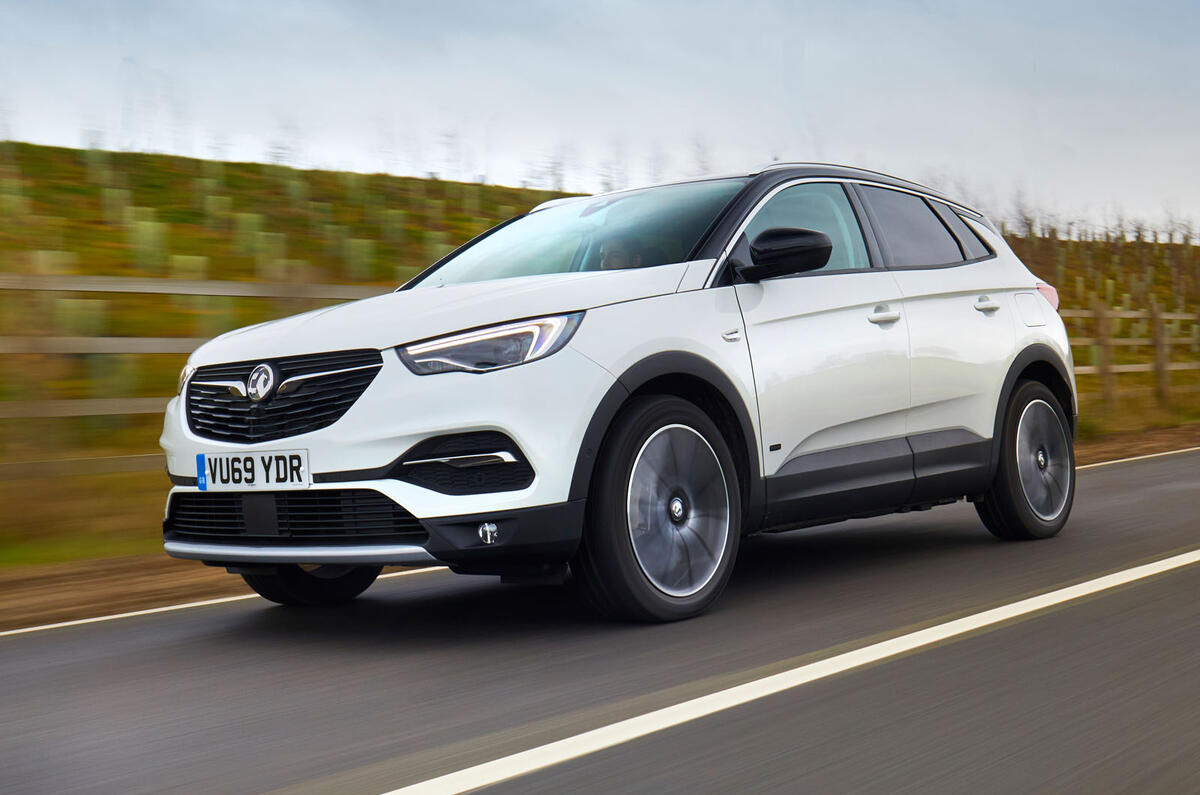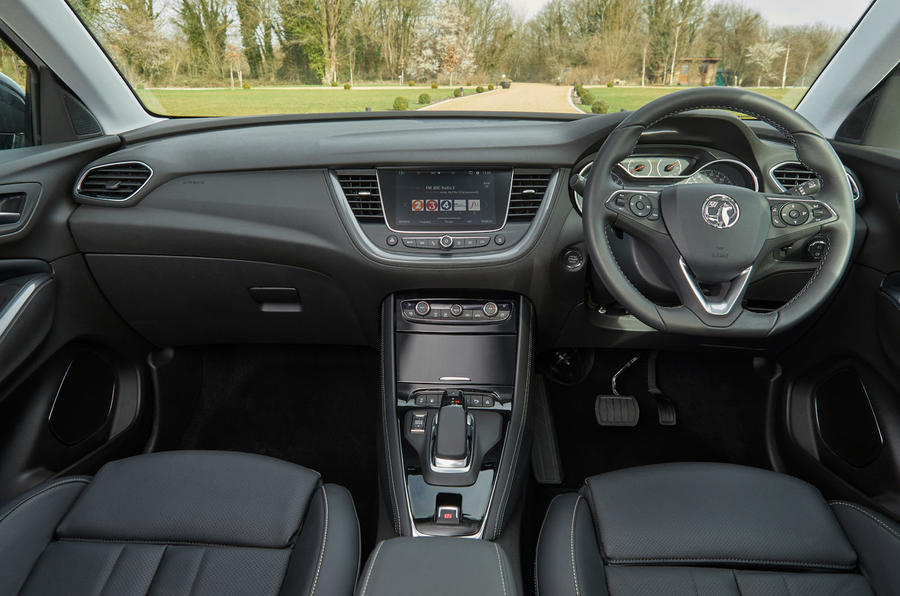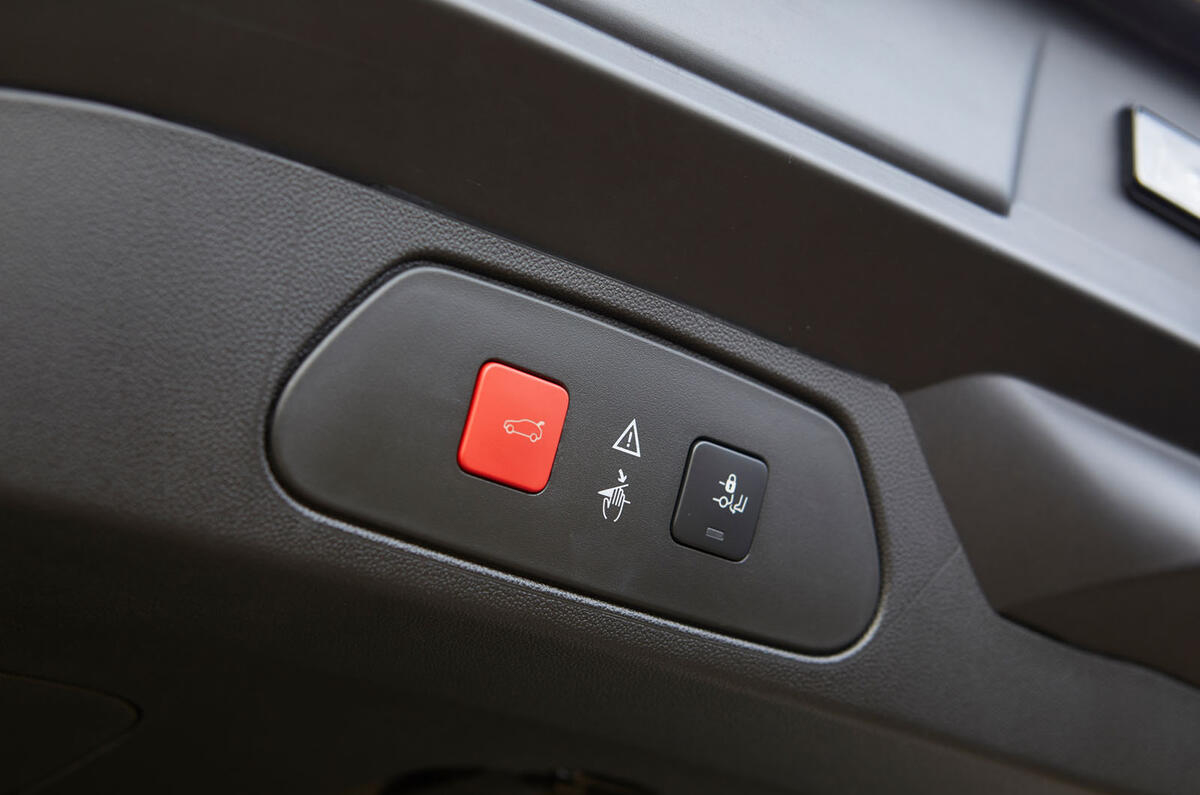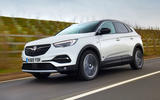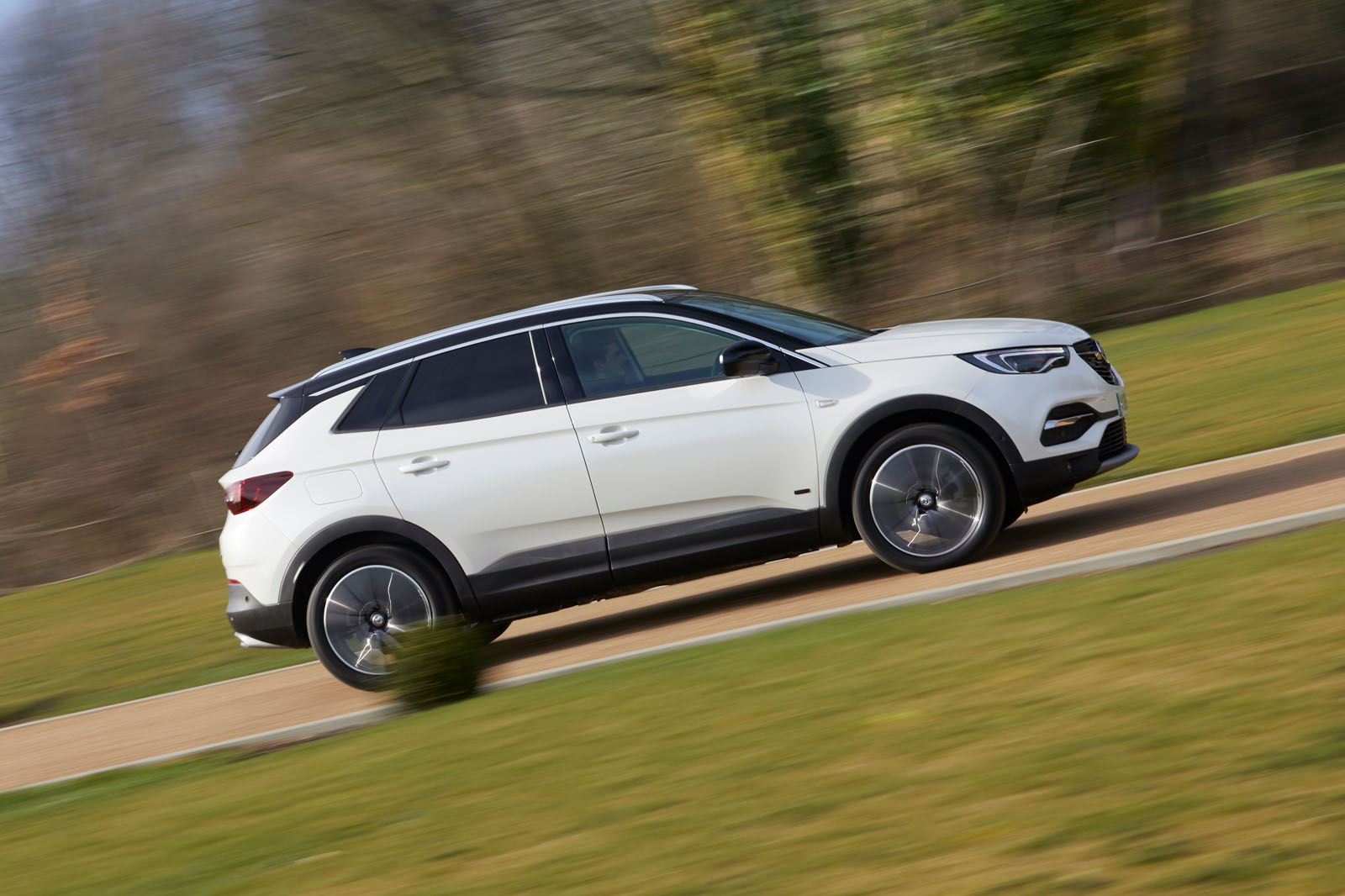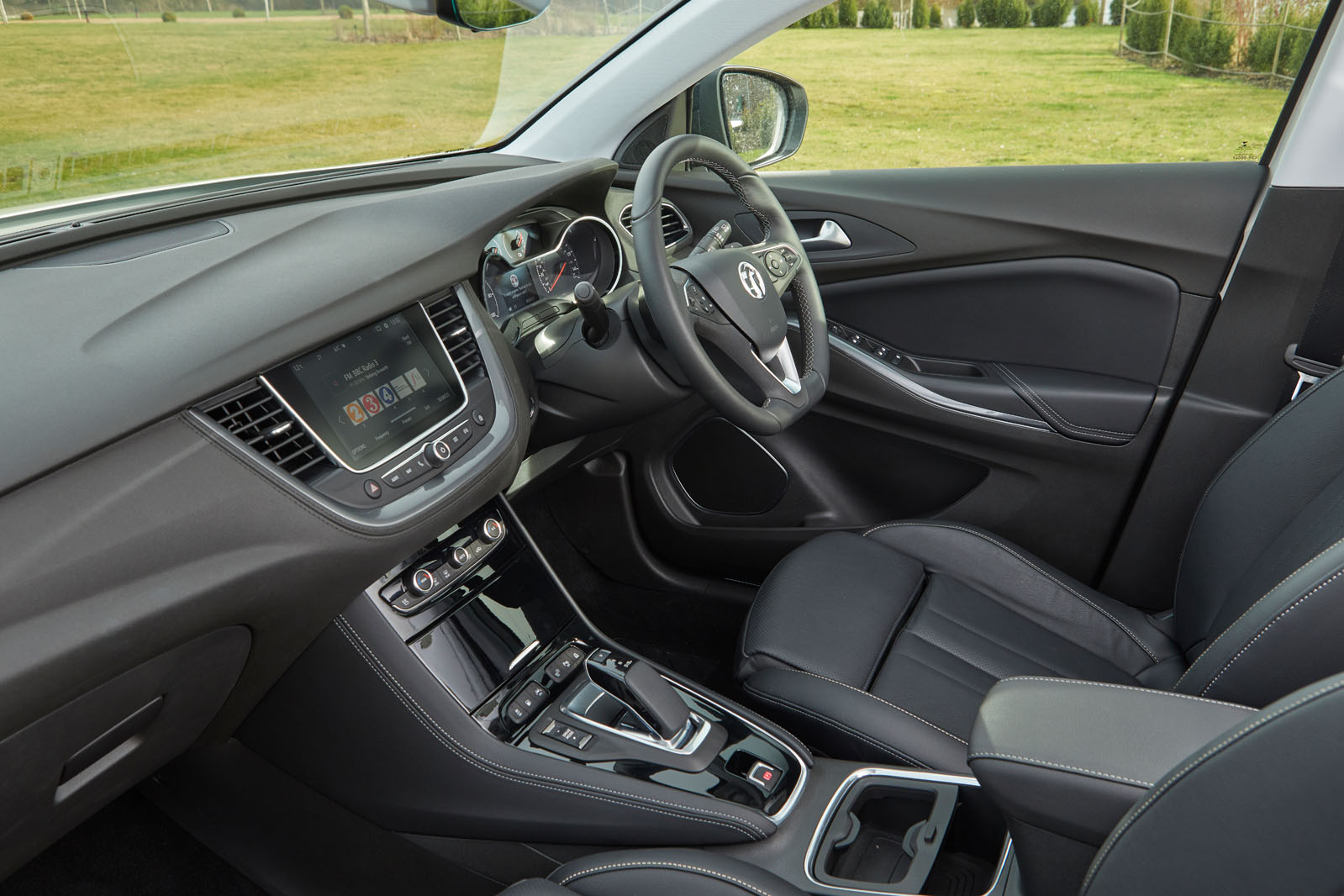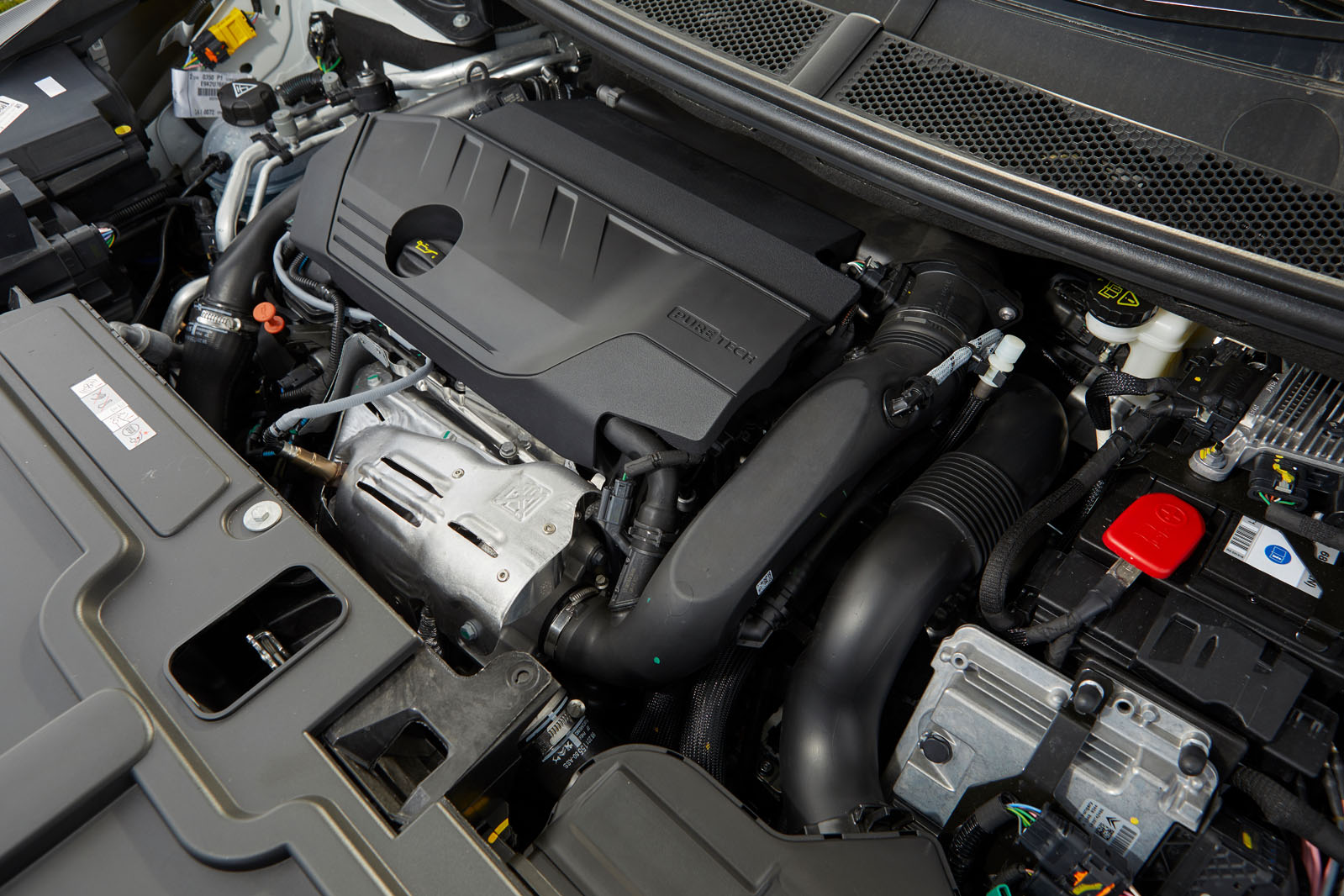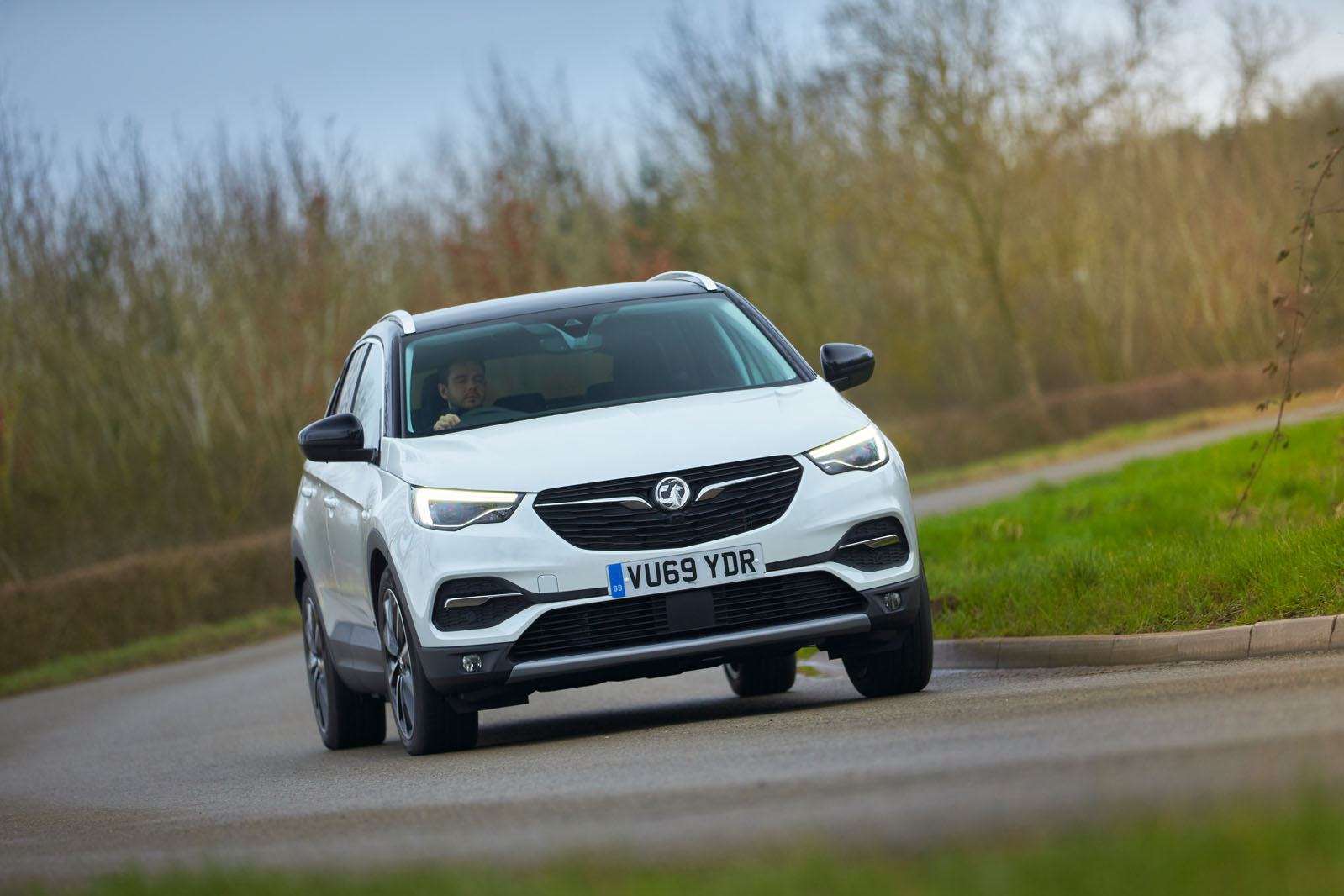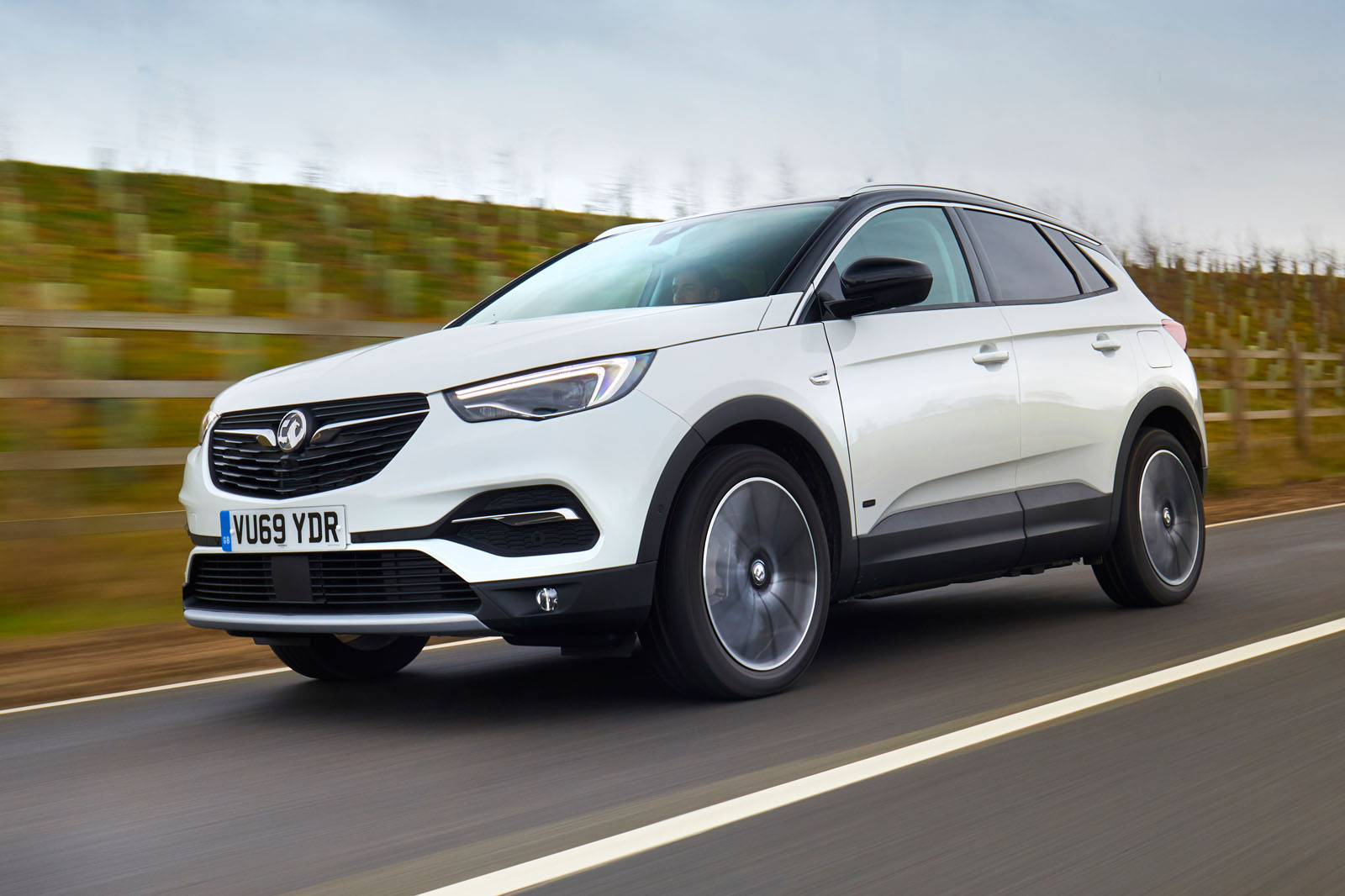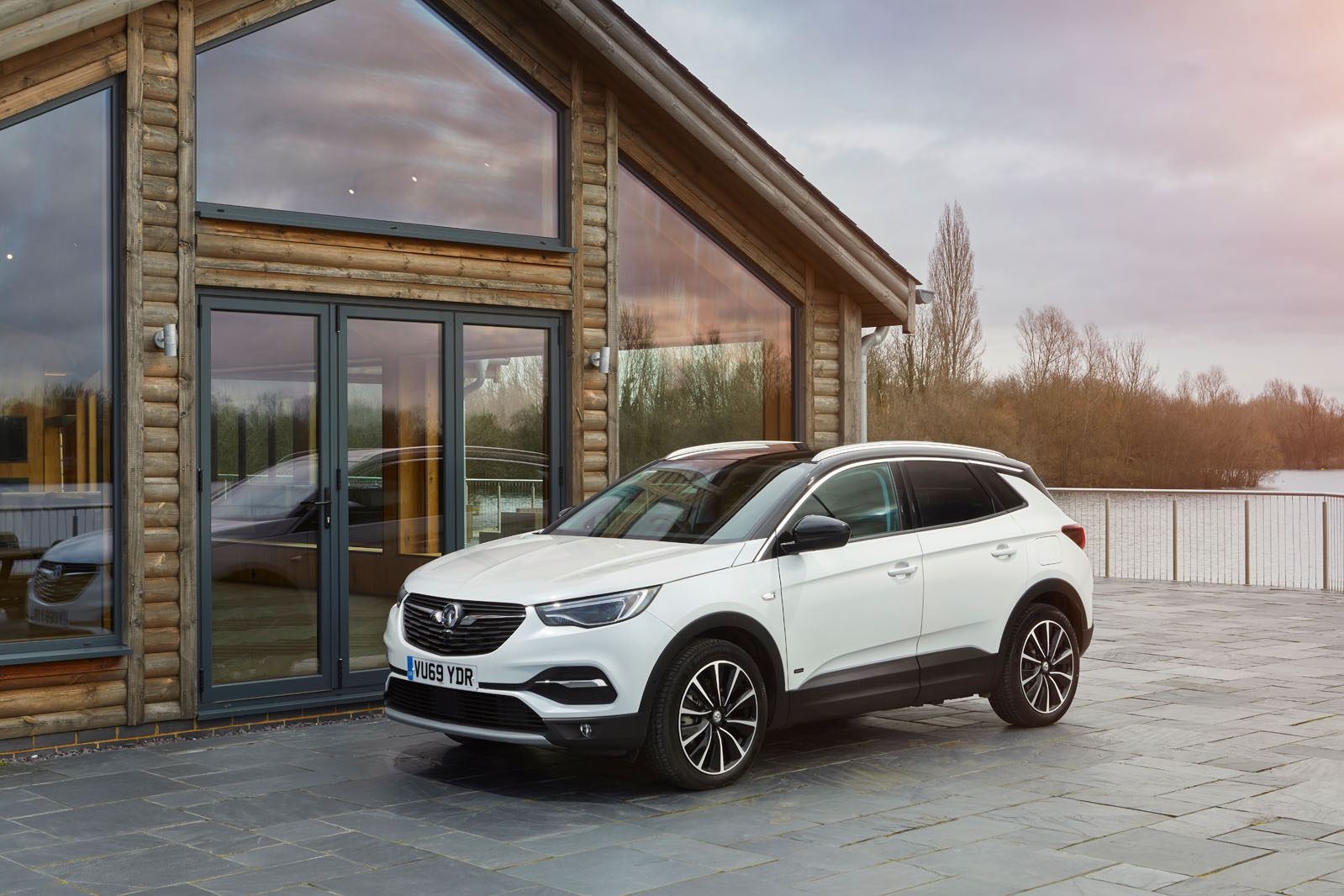The Grandland X could serve reasonably comfortably as transport for a family of four, but it’s really only averagely spacious by the standards of mid-sized crossover hatchbacks such as Nissan’s Nissan Qashqai. Viewed against the slightly larger SUVs that can be had for the same money – cars such as the Toyota RAV4 (a PHEV version of which is in the pipeline) and Outlander – it would represent a pretty clear compromise on outright practicality, providing scant more passenger space than a biggish five-door hatchback.
Boot volume, which is greater in other engine derivatives, tumbles to just under 400 litres in the case of the Hybrid4, which is again only what you might find in an average C-segment hatchback. Losing the car’s under-floor boot storage to make room for that new rear axle and electric motor assembly, just when it would have come in handy as a place to keep a potentially grimy charging cable, is also a shame.
And while outright space isn’t the greatest selling point for the car, the richness and style of the interior don’t do a great deal to recommend it, either. The primary mouldings are uniformly dark and quite plain and the majority are hard to the touch, causing the car to fall short of what private buyers used to spending £40,000 on a premium-branded option may be expecting. Fleet drivers trading out of mid-range hatchbacks may not object quite so much, but that doesn’t mean the shortcoming can be entirely excused.
Also, even our near-£50,000 top-of-the-range test car did without many of the technological frills you might expect for the money, such as fully digital and configurable instruments or a head-up display.
Still, a smallish colour display between the instruments, in tandem with the 8.0in central infotainment system, allows you to manage the car’s various drive modes and power management settings fairly easily.
Drive modes are selected via a toggle switch adjacent to the gear selector, which might have been relocated to the right-hand side of the centre console for better accessibility for right-hand drive, but which, like much else remaining in PSA Group cars even today, still isn’t.
Grandland X infotainment and sat-nav
Vauxhall’s Grandland X Hybrid4 has an 8.0in touchscreen infotainment system as standard with a connected navigation system that offers live traffic updates. You get smartphone mirroring for Apple and Android phones as standard, too, although some functionality – a DAB radio and a parking camera, for example – is fitted to upper trim levels only.
The screen is a bit small compared with the kind featuring on premium-brand offerings, but if you prefer to use your smartphone for in-car entertainment, the lack of display real estate shouldn’t concern you. There’s a row of physical shortcut menu buttons and a fixed volume knob, both of which improve usability, and although the graphics are a little plain and ordinary, responsiveness is decent and mapping is pretty clear and easy to configure.
The audio quality in our top-spec Ultimate Nav test car was fairly strong, although it did have a premium audio system that lower-order models don’t get.



